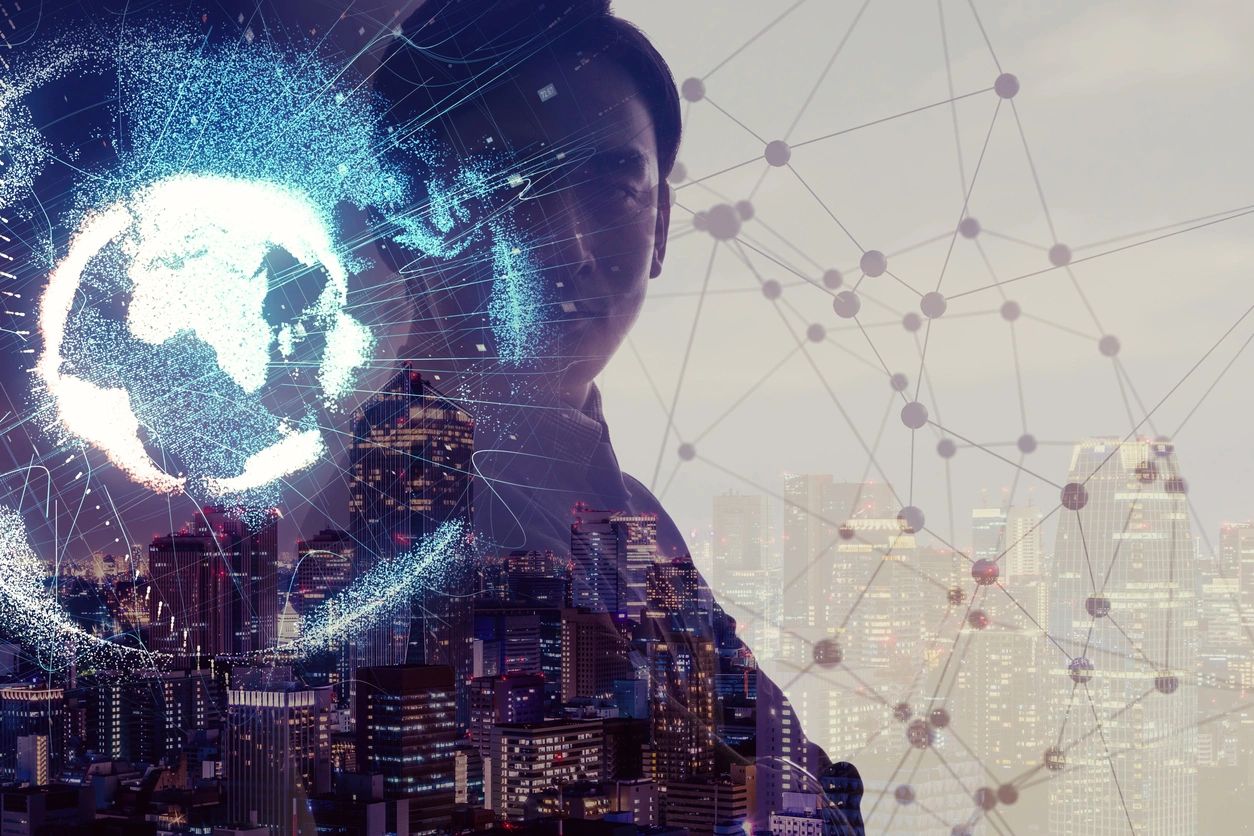
Artificial intelligence (AI) is transforming the landscape of cybersecurity, creating new opportunities for both attackers and defenders. British minister Pat McFadden recently underscored the growing risks posed by AI during the National Cyber Security Centre’s (NCSC) annual review. He warned that AI is not only amplifying the volume of cyberattacks but also increasing their impact, making it a game-changing factor in the cyber threats facing the Western world.
According to the NCSC, cybercriminals and state-sponsored hackers are leveraging generative AI tools like OpenAI’s ChatGPT and Meta’s Llama to enhance their operations. These technologies can write sophisticated and highly convincing phishing emails that are harder for traditional detection systems to catch. Moreover, they serve as powerful reconnaissance tools, enabling hackers to quickly identify vulnerable computers and exploit them more efficiently. This means that without the development of advanced defensive measures, identifying and mitigating these AI-powered social engineering attacks will become increasingly difficult.
However, AI is not just a tool for attackers; it is also becoming an invaluable asset for defenders. Recent advancements demonstrate how AI can help uncover and address security vulnerabilities. For example, Google has showcased the potential of AI in identifying flaws in software. In a significant breakthrough, Google’s AI systems discovered 26 vulnerabilities in OpenSSL, a widely used encryption library that secures internet communications. This achievement was hailed as a milestone in automated vulnerability detection, underscoring AI’s potential to strengthen cybersecurity defenses by enabling faster and more precise vulnerability management.
As AI continues to evolve, the future of cybersecurity is poised to be a battleground of AI versus AI. Hackers will use AI to launch more sophisticated and widespread attacks, while defenders will rely on it to detect, prevent, and respond to these threats. In this high-stakes environment, the role of human oversight remains critical. Humans must not only guide AI tools but also establish strong frameworks to ensure their ethical and secure use.
If you are using AI in your work, it’s essential to implement robust security measures to prevent data loss and unauthorized access. For organizations handling sensitive or private information, relying on public AI models can pose risks. Instead, consider adopting private AI models tailored to your specific needs, ensuring that sensitive data remains secure.
The rise of AI in cybersecurity highlights both its incredible potential and its growing risks. While AI can revolutionize how we defend against cyber threats, it also requires vigilance, innovation, and proactive measures to prevent misuse. Organizations and individuals can navigate this AI-driven landscape more safely and effectively by adopting strong security practices and staying informed about advancements.

